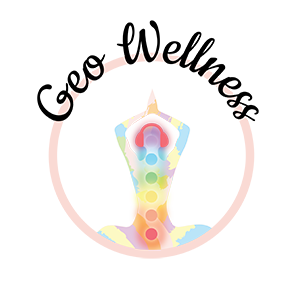When it is hard to get to a gym, don’t discount the benefits of working out at home. Even if you do not have any equipment, body weight exercises are very beneficial.
Here are my top 5. You can YouTube videos of these exercises if you need a visual on the ‘how to’ for each or head to my social media page (Facebook or Instagram).
1. Elevated Deep Lunge
The purpose of this exercise is to develop strength in the deepest range of motion of your hips and knees.
Who Should Do This Exercise:
Anyone who does sports that require strength in a low-to-the-ground position, such as wrestling, martial arts, or surfing.
Important Details for the Elevated Deep Lunge:
- Step up on to an elevated surface with one leg, trying to get as deep of a bend in the knee as possible.
- Try to use as little momentum as you can, and emphasize strength and control.
- In the video, I show several assisted variations of this exercise before showing the full version. It’s a good idea to start by holding on to a support as you do this exercise.
- In the first variation, you’ll place more of the tension on the elevated leg, whereas in the second (assisted) variation, you’ll shift your weight toward the back leg.
2. Elevated Shrimp Squat
The purpose of this exercise is to improve your balance and control and provide more resistance in a greater angle of hip flexion.
Who Should Do This Exercise:
This exercise is best for those who can do the regular shrimp squat well, and for those who require a good amount of strength in this angle (wrestlers, climbers, martial arts, bodybuilders ).
Important Details for the Elevated Shrimp Squat:
- The key is to find the right upper body angle for your body, to keep your weight balanced in the middle of your foot as you squat up and down.
- Adding in the elevated component adds a greater test of balance. If you need to work on your basic shrimp squat.
- Be sure to use a support as needed, and focus on moving through this exercise with control.
3. Single Leg Deadlift
The purpose of this exercise is to work on balance, hip hinge, and provide closed chain resistance for the hamstrings.
Who Should Do This Exercise:
This is a good exercise for anyone to practice, as hamstring strength is important for a wide variety of functional movements and sports.
Important Details for the Single Leg Deadlift:
- Keep your hips, chest, and shoulders square as you hinge forward.
- Make sure to lock out the supporting leg and keep your chest up, gazing forward.
- Use a support in the beginning, then as you work up to doing this without a support, you can use your fingers as “training wheels” on the floor.
4. Box Jump
The purpose of this exercise is to teach body awareness and precision in the jump.
Who Should Do This Exercise:
If you’ve done a fair amount of jump training and you’re interested in activities such as parkour, trail running, or in general athleticism, box jumps are great for you to practice.
Important Details for the Box Jump:
- You want to make sure to start in a deep squat position, with your arms pulled back.
- Raise your arms overhead and bring your knees toward your chest to create momentum.
- Land softly on the elevated surface, with your knees bent.
- It’s a good idea to work on the basic jump before attempting box jumps.
5. Side Lunge Squat
The purpose of this exercise is to provide resistance to the adductors and to the hamstrings in the abducted position.
Who Should Do This Exercise:
This exercise is good for those that need strength in the outstretched position, bodybuilders, climbers, and anyone who practices a martial art that includes a lot of kicking.
Important Details for the Side Lunge Squat:
- Use a support at first and start with a wide stance.
- Drop your weight toward one side, bending that knee and keeping the other knee straight. Only drop as far as you can go comfortably.
- In the full range of motion, you’ll drop all the way to the side, but if you need to sit back some, that’s perfectly fine.
- Try to engage the hamstrings on the straight leg to pull yourself up, rather than just pushing through the foot on the bent leg.
- In the elevated variation, if you are at the level to perform that, be sure to move slowly so as not to overstrain the muscles.
Stay tuned for my next blog on Shoulders at home workout.
Follow my Facebook page Geo Wellness and/or Instagram @geowellness
Any movement is good, so get up and give it a go!
www.geowellness.com.au
